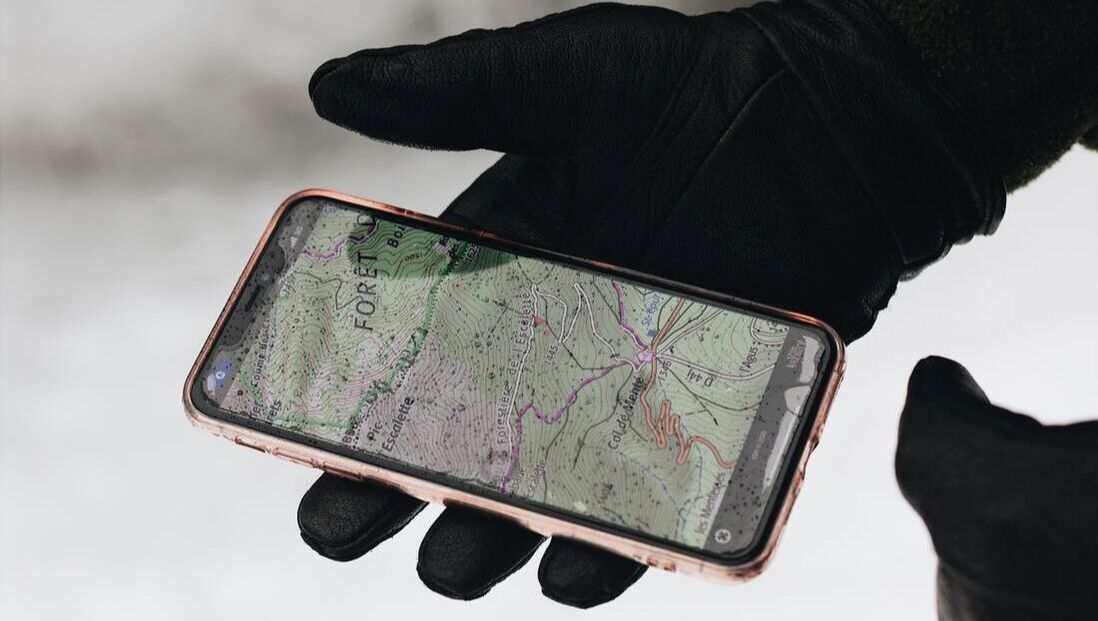|
In its Carpenter opinion in 2018, the U.S. Supreme Court found that the government must obtain a probable cause warrant before reviewing a suspect’s location history emitted by a cellphone. But what about geofence warrants that cover many innocent people?
Judge Mary Hannah Lauck of the federal district court in Richmond, Virginia, observed in that case the extraction of seven days’ worth of location information was a “deep” intrusion into one suspect’s privacy. In perhaps what will be a new landmark case, United States v. Chatrie, Judge Lauck examined the question of what is required for surveillance that is not deep, like Carpenter, but wide, sweeping in 19 devices across a slice of a small city. Judge Lauck’s answer was a resounding affirmation of the Fourth Amendment. Here’s the backstory: In 2019, a bank robber in Midlothian, Virginia, had flashed a gun and absconded with almost $200,000 in cash. The robber also talked on his cellphone to check in with his getaway driver. In investigating this bank robbery, detectives gleaned little of value from the bank tellers and other witnesses, and video from closed-circuit camera. But they knew the robber had a cellphone at the scene of the crime. So the detectives asked: Who knows what evil lurks in the hearts of men? Google knows. The U.S. Supreme Court has held that warrant must be “particularized with respect to the person to be searched or seized.” This standard is virtually a cut-and-paste from the Fourth Amendment, as it should be. In this Virginia case, the government drew a circle with a 150-meter radius around the bank and then requested location information for every device within that area. It turns out that targeted persons may have been dining at a nearby Ruby Tuesday. A targeted person may have been staying at the Hampton Inn Hotel, just north of the bank. Or a target could have been inside his or her own home in an apartment complex, or inside a nearby senior living facility. He or she may have been moving furniture into the nearby self-storage business. Indeed, a target may have been simply driving along Midlothian’s Hull Street or Price Club Boulevard. The court noted that consumers, who usually do not turn off their location tracking, are almost all unaware that Google logs their location 240 times a day. Judge Lauck then set out a master class in how Google collects such location data, and the multiple steps it goes through when served with a subpoena. She wrote that technology presents the government with “an almost unlimited pool from which to seek location data” and whomever the suspect turns out to be, everyone in the pool has “effectively been tailed.” Judge Lauck wrote “it is difficult to overstate the breadth of this warrant” and that an “innocent individual would seemingly have no realistic method to assert his or her privacy rights tangled within the warrant. Geofence warrants thus present the marked potential to implicate a ‘right without a remedy.’” And, as every law student knows, a right without a remedy is no right at all. In this case, as in Carpenter, the judge’s ruling did not help the accused. Despite finding the warrant to be unconstitutional, the court did not suppress the evidence because it believed the police acted in good faith. Writing that Fourth Amendment law “develops in a slow drip,” Judge Lauck writes that the law “may be materially lagging behind technological innovations.” More rulings like these should help the law to catch up to technology. Hat tip to Jennifer Lynch at EFF. Comments are closed.
|
Categories
All
|


 RSS Feed
RSS Feed